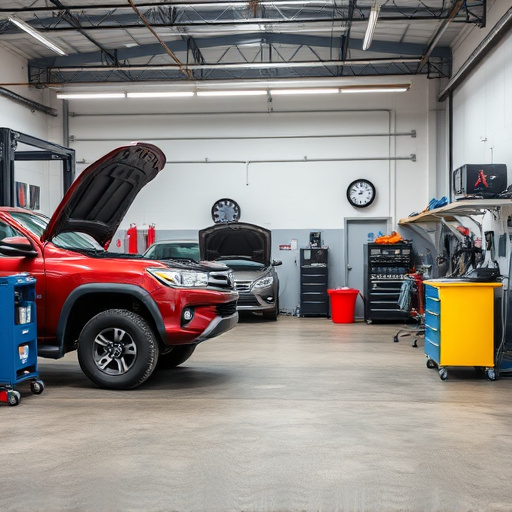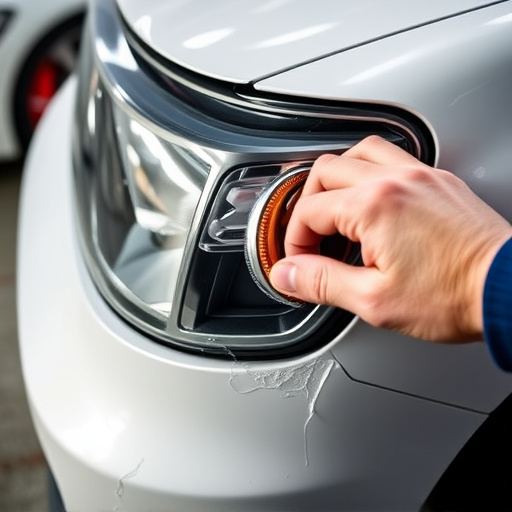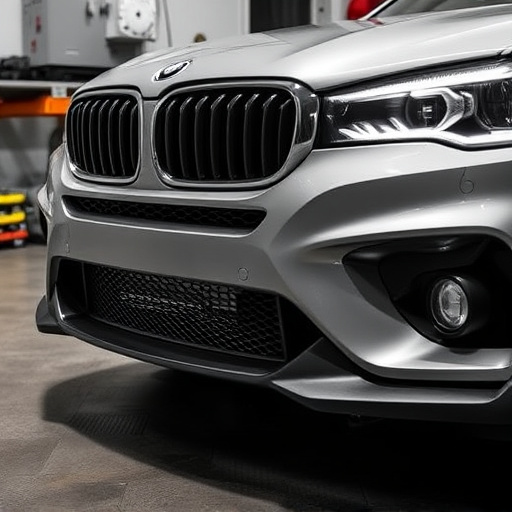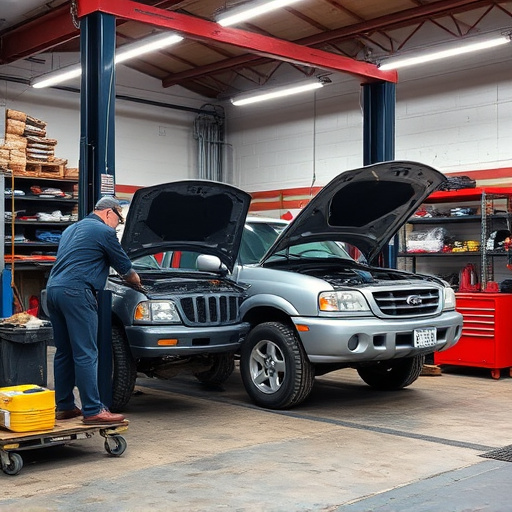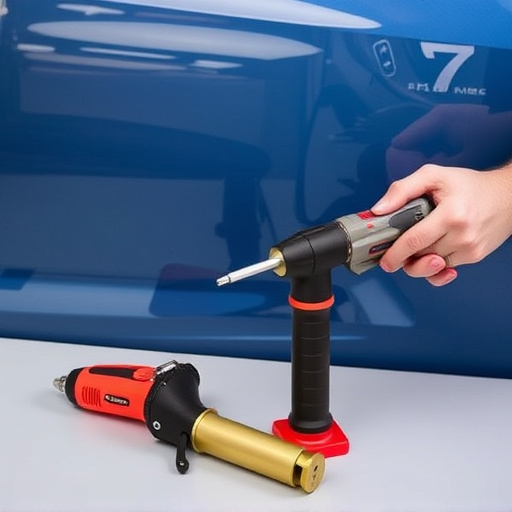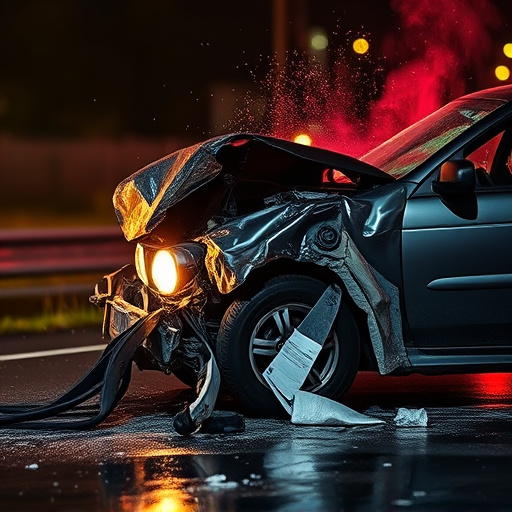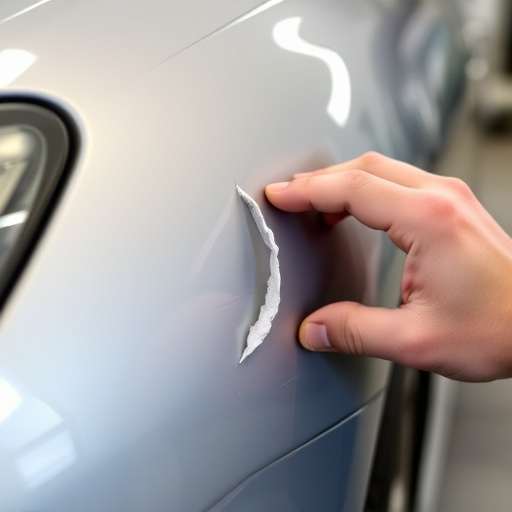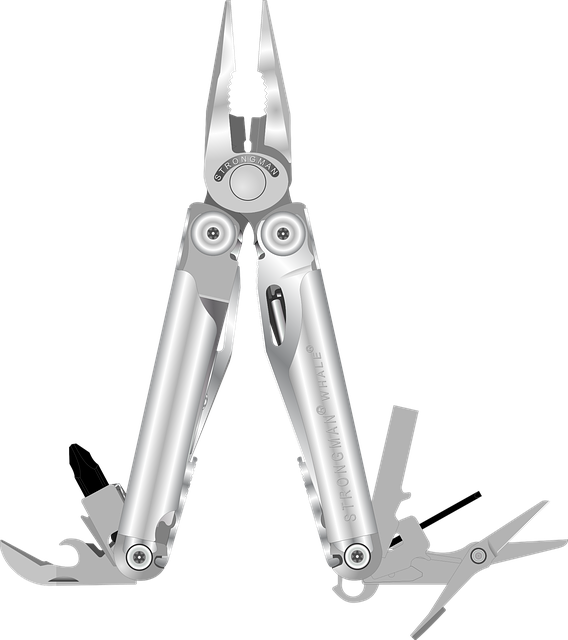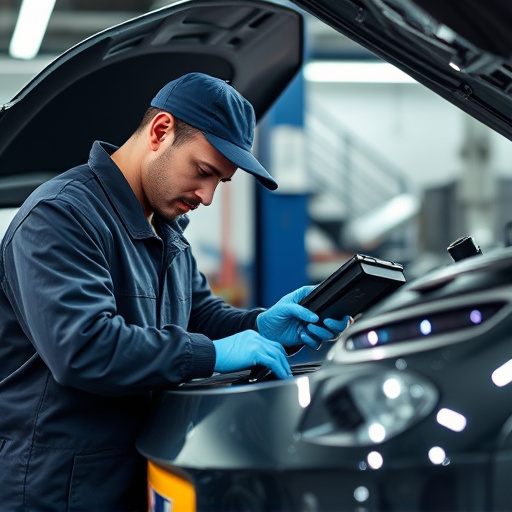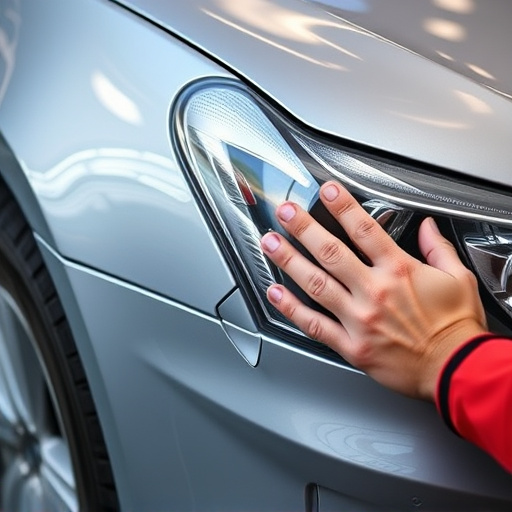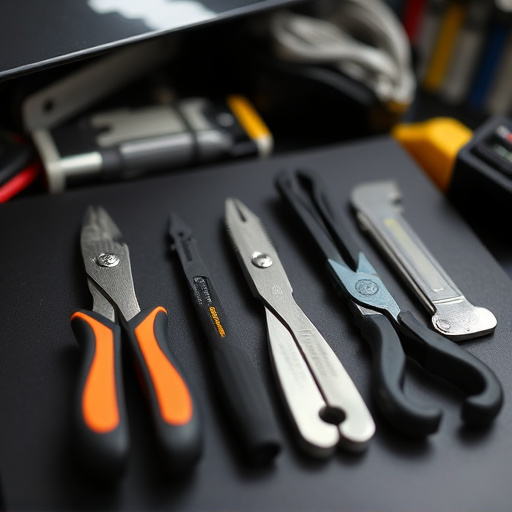OEM glass replacement for luxury vehicles offers quality, precision fit, and warranties, preserving car value. While more expensive than aftermarket, it ensures superior craftsmanship, faster repairs, and reliable protection. Choose reputable suppliers and collision centers for optimal results, balancing cost, convenience, and longevity.
Is OEM glass replacement still relevant in today’s automotive market? This comprehensive guide explores the ins and outs of choosing original equipment manufacturer (OEM) glass for your vehicle. We delve into the advantages and potential drawbacks, considering factors that impact quality and reliability. Additionally, we weigh the costs, convenience, and longevity of OEM replacements, helping you decide if it’s still a viable option or if after-market alternatives might be the better choice.
- Understanding OEM Glass: Advantages and Disadvantages
- Factors Affecting Quality and Reliability of OEM Replacements
- Weighing Costs, Convenience, and Longevity: Is it Still a Viable Option?
Understanding OEM Glass: Advantages and Disadvantages
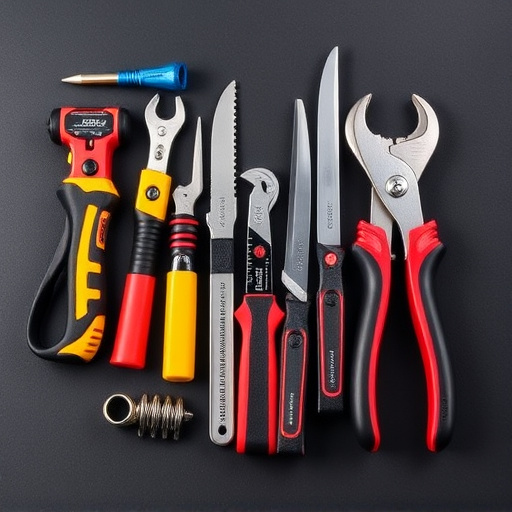
OEM glass replacement offers a unique set of advantages and disadvantages for owners of luxury vehicles. On the plus side, it ensures that your vehicle retains its original equipment manufacturer (OEM) specifications, providing a seamless fit and superior quality compared to aftermarket alternatives. This is particularly important for luxury vehicle repairs, where maintaining the car’s aesthetic value and advanced features is paramount. OEM glass also comes with warranties, ensuring peace of mind and long-term savings on future replacements.
However, the process can be more costly than using aftermarket glass, which often has lower price points. Furthermore, availability might be an issue as not all auto repair shops carry a wide range of OEM parts. Despite these potential drawbacks, for those prioritizing authenticity, performance, and longevity, OEM glass replacement remains a valuable option in the auto maintenance landscape.
Factors Affecting Quality and Reliability of OEM Replacements
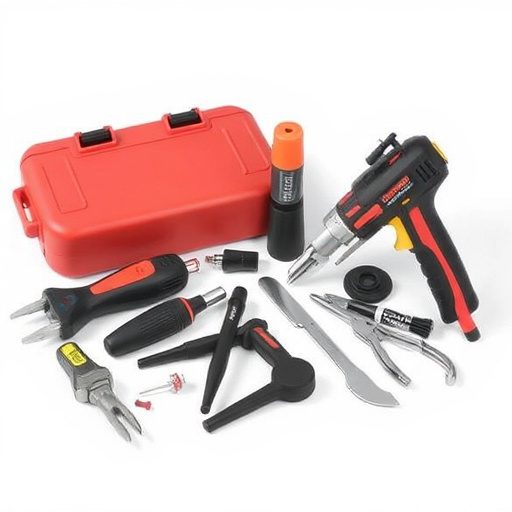
The quality and reliability of OEM (Original Equipment Manufacturer) glass replacements can be influenced by several factors. One key aspect is the source of the glass. Reputable manufacturers adhere to strict standards, ensuring their products match the original specifications set by vehicle producers. However, lower-quality suppliers might cut corners, leading to potential issues with fit, clarity, and durability.
Another critical factor is the installation process. At a well-equipped collision repair center, skilled technicians use advanced equipment to ensure precise cuts and secure fittings. In contrast, DIY installations or those done at less specialized locations may result in subpar workmanship, affecting both aesthetics and structural integrity. Regular maintenance and proper care after replacement are also essential to maximize the lifespan of OEM glass parts, especially when combined with top-notch car paint services during the repair process.
Weighing Costs, Convenience, and Longevity: Is it Still a Viable Option?
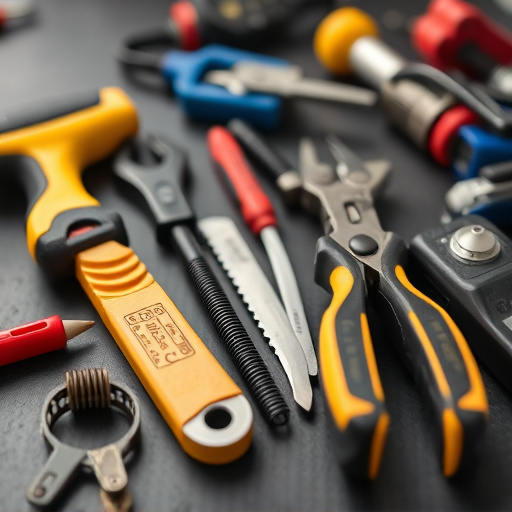
When considering OEM glass replacement, it’s crucial to balance costs against convenience and longevity. While original equipment manufacturer (OEM) glass is known for its quality and precision fit, it often comes at a premium price compared to aftermarket alternatives. However, this additional cost may be justified if it translates into better protection, reduced risk of future damage, and faster repair times.
Convenience plays a significant role as well. Reputable collision repair shops offering OEM glass replacement can streamline the process, ensuring your vehicle is restored to its pre-accident condition swiftly. Moreover, these shops often employ skilled technicians who can expertly handle complex installations, minimizing potential issues that could arise from less experienced hands. This convenience factor, coupled with the superior quality of OEM glass, makes it a viable option for those prioritizing long-term reliability and peace of mind on the road.
While OEM glass replacement offers convenience and original equipment quality, its reliability can vary. Factors like manufacturing standards and post-installation care significantly impact performance. Considering the potential for costly repairs or replacements, it’s crucial to weigh these factors against third-party alternatives. For those prioritizing cost-effectiveness and peace of mind, exploring high-quality aftermarket options might be a more sustainable choice in the long run. Ultimately, making an informed decision depends on individual needs, budget, and the specific vehicle type.
